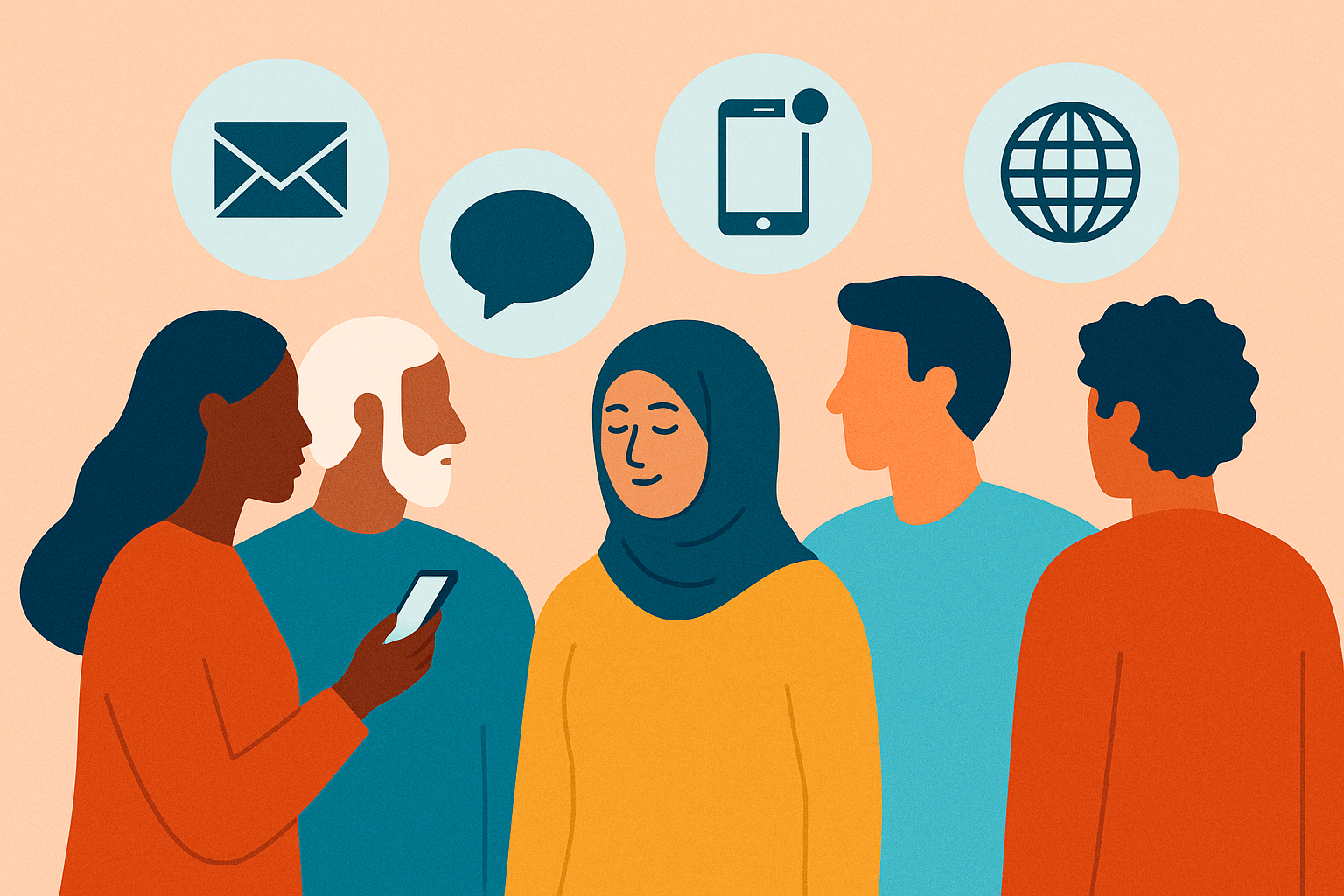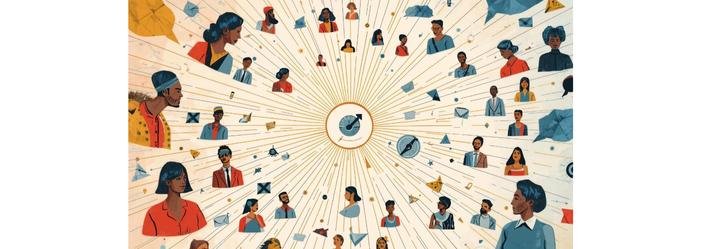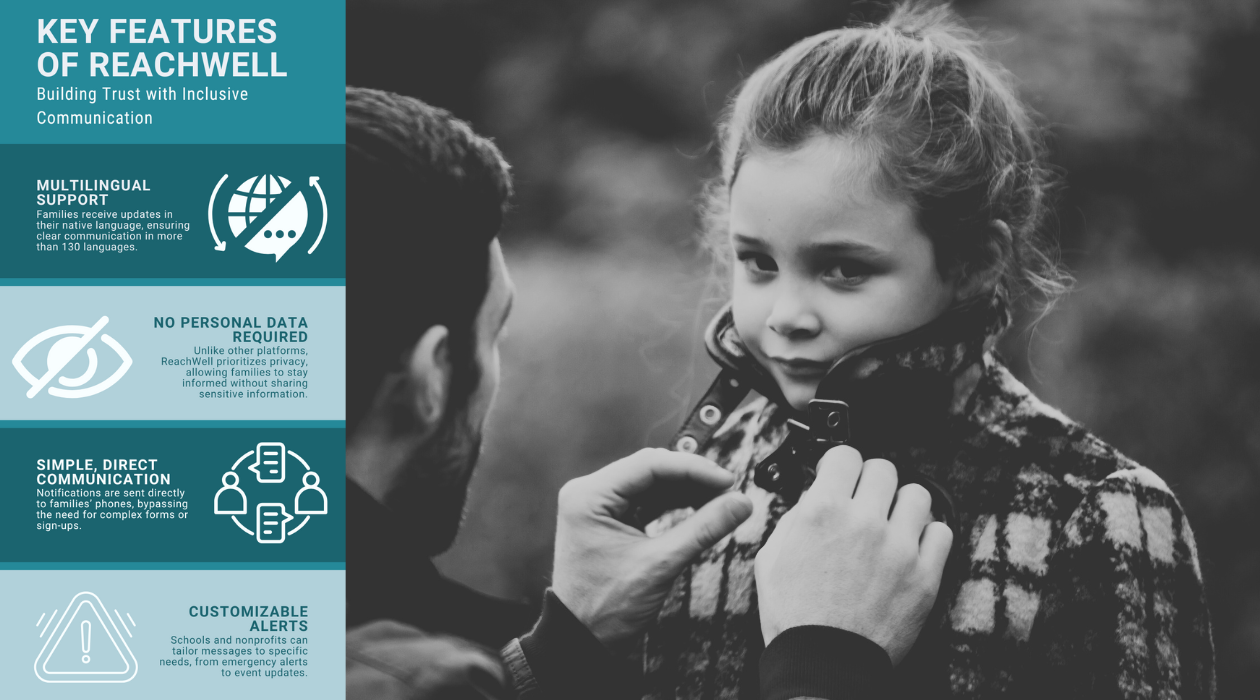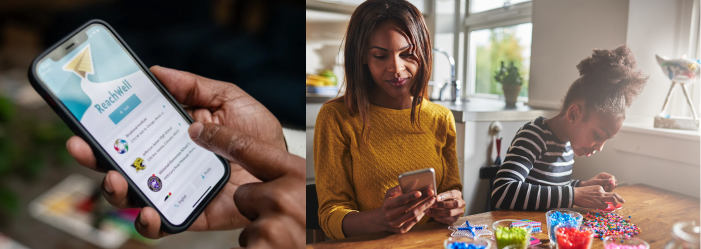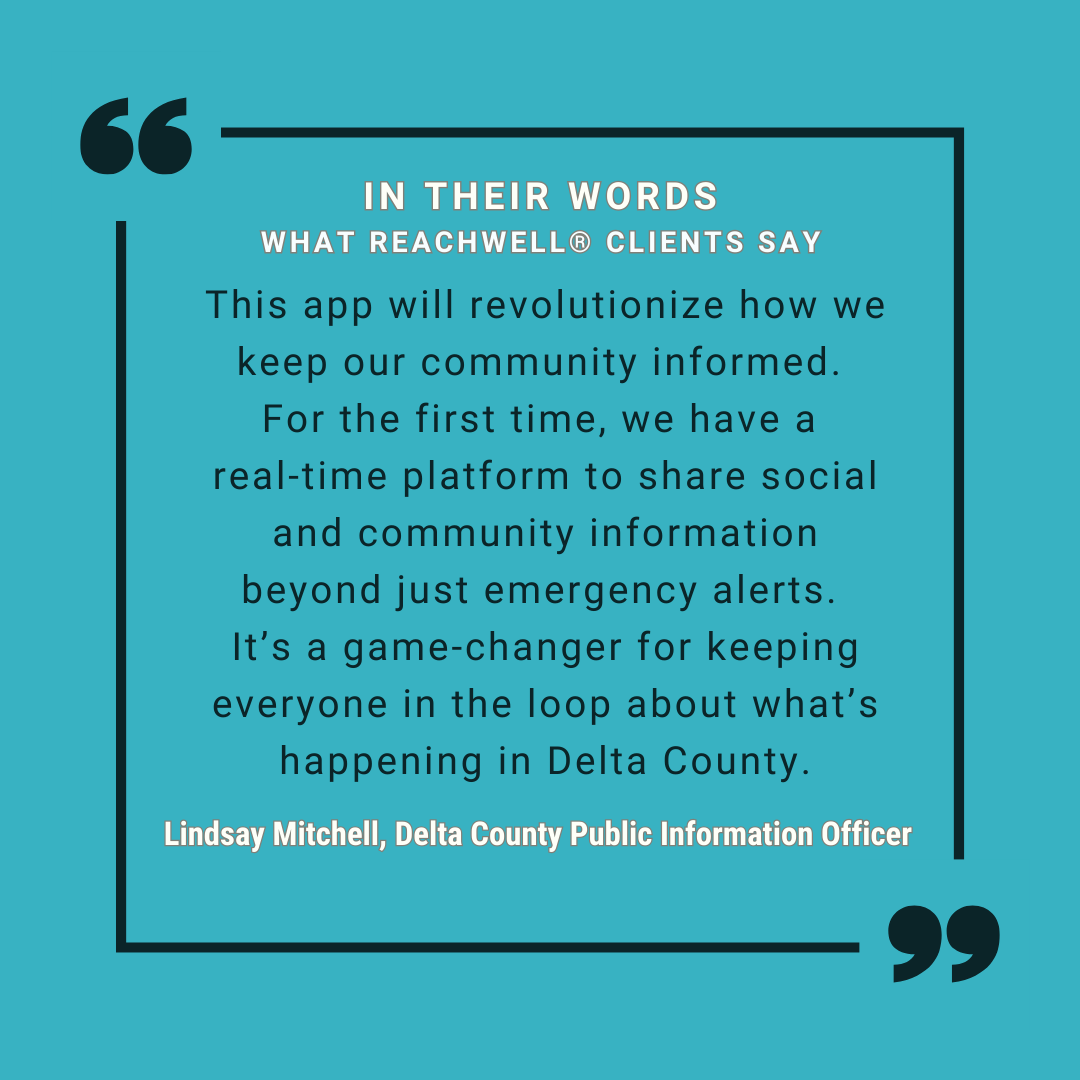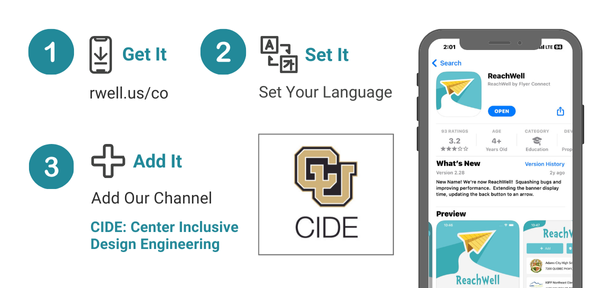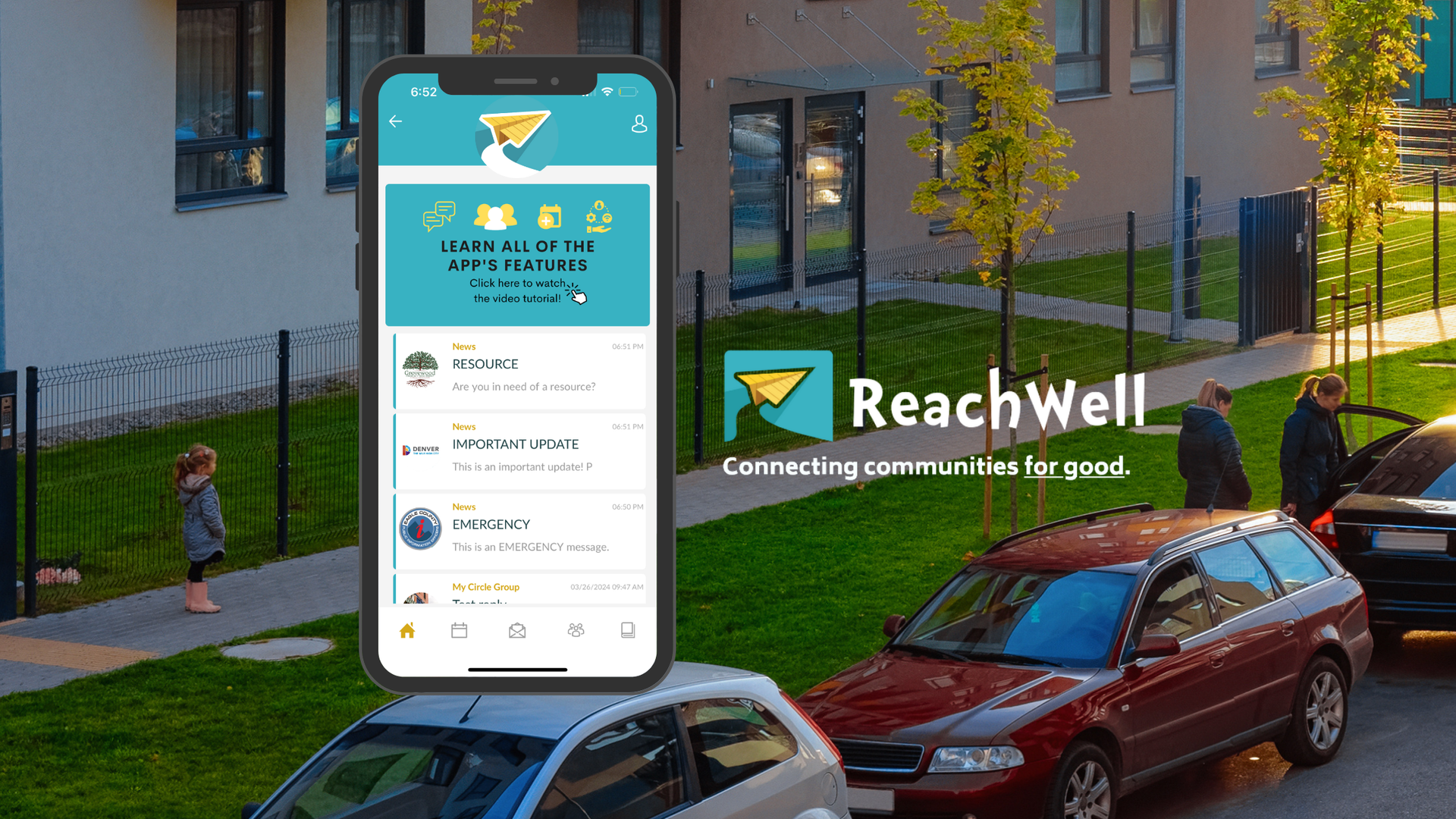Building a Community where Everyone 'Feels Seen, Heard, and Supported'

In the wake of the murder of George Floyd and subsequent Black Lives Matter uprisings, one thing has become overwhelmingly clear: business as usual in our criminal justice and education systems will no longer be tolerated. We must begin to dismantle racist structures within these systems, and then we can chip away at the racist cultural norms that live within them. However, protests and large-scale engagement in the Black Lives Matter movement show this is not the only way to make change. By building anti-racism into our everyday actions, we can impact the way our systems are structured from the beginning.
Being anti-racist as an educator or community partner can take many shapes and forms. Building community is one of them. I read the first commitment of the Black Lives Matter's beliefs several times over: "Every day, we recommit to healing ourselves and each other, and to co-creating alongside comrades, allies, and family a culture where each person feels seen, heard, and supported ."
I am hopeful that together we can build a world in which each person feels seen, heard, and supported. But I recognize we are still far from that vision, which brings me to ask: what do we need to do to get there?
As a family engagement platform, we at ReachWell strongly believe in the power of an inclusive community, and the long-term, positive impact that it will have on our children and society at-large. Recent events have reminded us that it will take some serious work to get there. The good news is that there are proven practices already in place, and we can leverage them to make our communities safer and stronger for everyone--especially those who are most vulnerable to racist systems and structures.
Shawn Ginwright is one voice that has inspired us recently: Ginwright's The Future of Healing: Shifting from Trauma Informed Care to Healing Centered Engagement discusses an asset-based approach to working with communities who have experienced trauma. Though the article focuses on ways to heal young people, these practices can be expanded to families, and even staff, to create an environment where all feel welcome and can express their full individuality.
"A healing centered approach is holistic involving culture, spirituality, civic action and collective healing. A healing-centered approach views trauma not simply as an individual isolated experience, but rather highlights the ways in which trauma and healing are experienced collectively. The term healing-centered engagement expands how we think about responses to trauma and offers a more holistic approach to fostering well-being."
Ginwright's approach starts with empathy, moves into dreaming big, and generates reflection and action. Our vision of the future cannot exist without action. Here’s what we at ReachWell are committed to doing to make our vision of an inclusive community a reality:
- Previously ReachWell has predominantly worked alongside school staff to help develop our product. Today we commit to reaching out to families at these schools and organizations as well, and we hope to incorporate even more voices from across our community as we work to create a more inclusive product.
- We recognize we wield power when we consider whose voices we highlight in blog posts, newsletters, and events. Today we commit to intentionally centering voices from the BIPOC and immigrant community whenever possible.
- “Engagement” and “family” are two terms that we use regularly, both of which may have multiple definitions. Today we commit to expanding our definition of an “engaged family,” to be inclusive of all cultures and circumstances.
- As small a team, we can overlook the experiences outside of our company. Today we commit to actively creating a company culture that attracts individuals of all backgrounds, where our increasingly diverse team can bring their unique voices to shape the future of our company. We commit to creating a culture where each individual we collaborate with from our partnering schools and organizations feels respected, seen, and heard.
We believe Black lives matter. We know we need to work harder to see that truth reflected in our world. Together with our community, we commit to doing that work.
